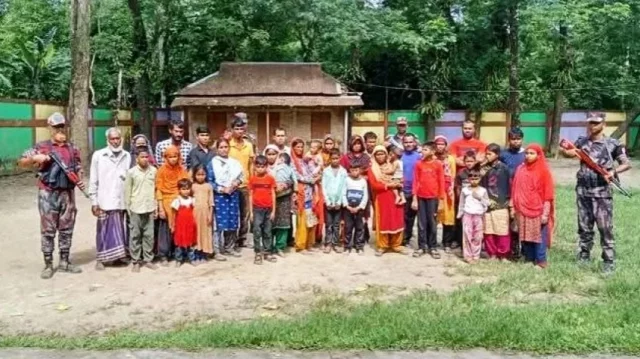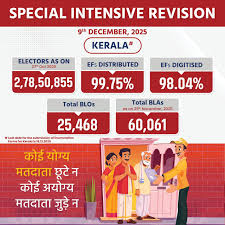Recent Developments in Bangladesh: Economic and Social Perspectives

Introduction: The Evolving Landscape of Bangladesh
Bangladesh, a nation rich in culture and history, has been making headlines in recent years due to its remarkable economic growth and significant social changes. With a population exceeding 160 million, it is one of the most densely populated countries in the world, presenting both opportunities and challenges. Understanding the current trends in Bangladesh is essential not only for the region but also for global markets that are increasingly interconnected.
Economic Growth and Development
In 2023, Bangladesh continued to demonstrate robust economic resilience, with the World Bank projecting its GDP growth at approximately 6.0%. The growth has been largely driven by the ready-made garments (RMG) industry, which accounts for about 80% of the country’s total exports. As international demand for apparel remains steady, the sector is expected to flourish further. Efforts are also being made to diversify the economy with advancements in technology, pharmaceuticals, and shipbuilding.
Investment in Infrastructure
The Bangladeshi government has prioritized infrastructure development, launching significant projects such as the Padma Bridge, which is expected to enhance connectivity between the regions and stimulate economic activities. Furthermore, investments in renewable energy sources are gaining traction, aimed at addressing the growing energy demands while contributing to sustainability.
Social Changes and Challenges
Despite economic advancements, Bangladesh faces pressing social challenges. The country is grappling with issues such as poverty, education inequality, and climate change. Approximately 20% of the population still lives below the poverty line, although government initiatives are in place to provide social safety nets for the vulnerable.
Women Empowerment Initiatives
One notable area of improvement has been women’s empowerment. Increased access to education and job opportunities in various sectors has led to greater participation of women in the workforce, particularly in the textile industry. This shift not only improves family incomes but also contributes to a gradual change in societal perceptions regarding gender roles.
Conclusion: The Path Ahead for Bangladesh
As Bangladesh navigates its path in the coming years, it will need to address both economic and social issues concurrently. The nation is poised for continued growth, but this growth must be inclusive and sustainable. Global stakeholders, including investors and NGOs, will play a critical role in supporting Bangladesh in overcoming its challenges while maximising its potential. For readers, staying informed about these developments in Bangladesh is essential, as they may have far-reaching implications on global economics and social dynamics.









